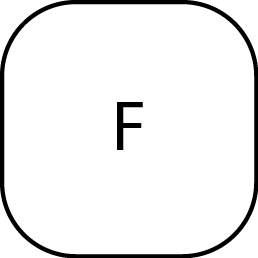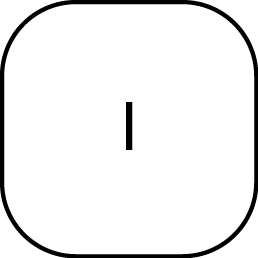The following information applies to the : CAL3K-AP , CAL3K-A , CAL3K-F.
The firing voltage determines the amount of energy put into the firing wire to make it glow and ignite the cotton fuse. The energy (voltage) depends on:
- The type of firing wire material and size
- The age of the firing wire: it gets thinner (oxidizes) with every firing
- The oxygen pressure: High pressure cools the wire
There are no strict rules on how to setup the firing voltage. A setting of 25V is standard. If the wire blows off with every firing then the voltage is set too high. You should get approximately 50 firings out of one wire.
If you get ‘miss-fires’ and you find the cotton is intact but lying inside the crucible, then the voltage is set too low.
The ‘Firing voltage’ can be set from a PC. It may be possible to set it from the CAL3K keyboard if your setup allows it. If it does not allow it could be that it is password protected.
 |
Home |
    |
Start of Command |
 |
Accept Command |
    |
Enter Value |
 |
Accept Value |
READ FIRING VOLTS
The ‘READ….’ Keyboard commands are ‘non-influential’, they just monitor in real time a particular condition. The firing voltage should be very close to the setting of 25Volts.
Learn MoreCOTTON & WIRE CORRECTION
The sample is ignited by sending a current through the firing wire. This makes the wire glow, which in turn ignites the cotton thread, which in turn ignites the sample.
Learn MoreSPIKING OPERATIONS
The spiking method is called for when a sample has a very low CV or burns reluctantly. Then a better burning material is added to the sample to help the process. The better burning sample is the spike.
Learn More
